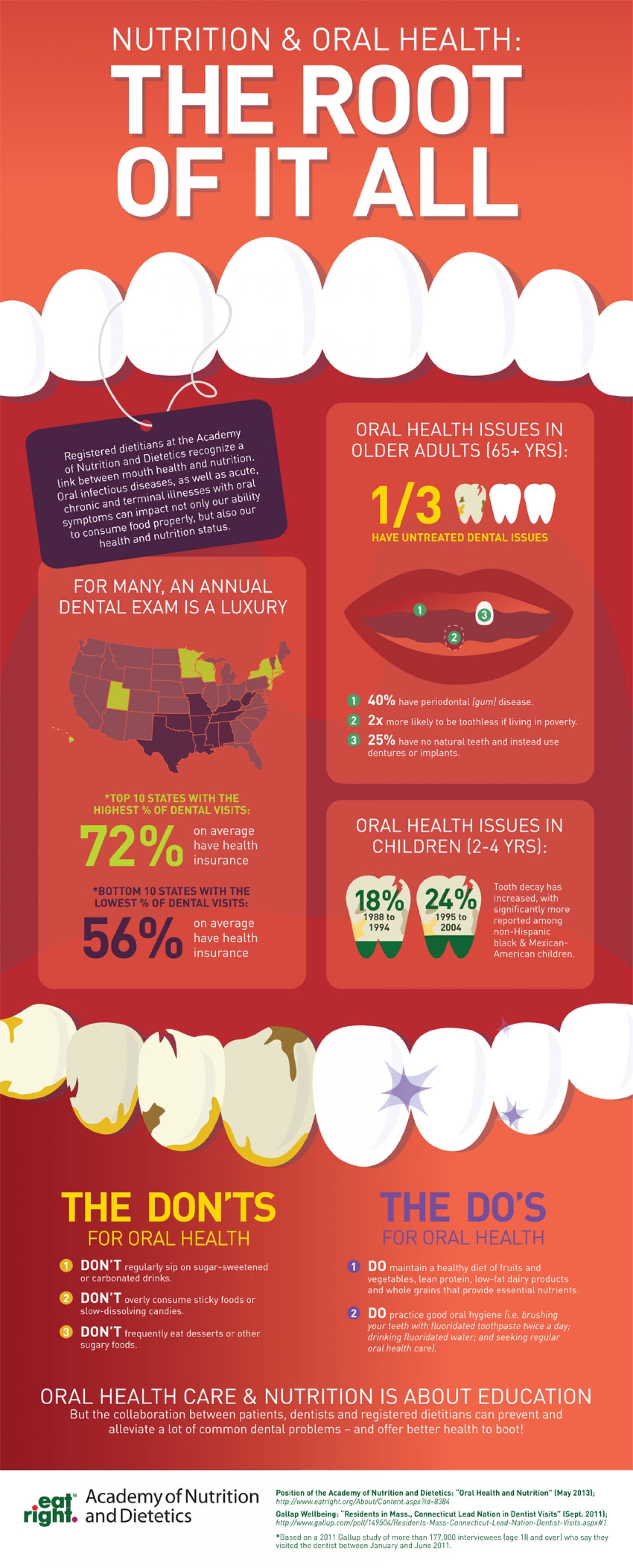

Speak with your doctor to find out what might work best for you. There is currently no cure for these types of dementia, but some treatments are available. Treatment for these four types of dementia Doctors may ask for a medical history, complete a physical exam, and order neurological and laboratory tests to help diagnose dementia. Symptoms can also vary from person to person. Symptoms can be similar among different types of dementia, and some people have more than one form of dementia, which can make an accurate diagnosis difficult. Typical age of diagnosis of vascular dementia: Over 65 Diagnosis for these four types of dementia Typical age of diagnosis of Lewy body dementia: 50 or older Typical age of diagnosis of frontotemporal dementia: Between 45 and 64 Typical age of diagnosis for Alzheimer’s disease: Mid-60s and above, with some cases in mid-30s to 60s Trouble following instructions or learning new information.

Visual Hallucinations Symptoms of vascular dementia
Inability to concentrate, pay attention, or stay alert. There are several types of frontotemporal disorders, and symptoms can vary by type. Difficulty making or understanding speech. Emotional flatness or excessive emotions. Problems recognizing friends and family. Note that these changes are just one piece of a complex puzzle that scientists are studying to understand the underlying causes of these forms of dementia and others. Vascular dementia: Conditions, such as blood clots, disrupt blood flow in the brain. Lewy body dementia: Abnormal deposits of the alpha-synuclein protein, called “Lewy bodies,” affect the brain’s chemical messengers. Types of dementiaĪlzheimer’s Disease, Frontotemporal Dementia, Lewy Body Dementia, and Vascular DementiaĪlzheimer’s disease: Abnormal deposits of proteins form amyloid plaques and tau tangles throughout the brain.įrontotemporal dementia: Abnormal amounts or forms of tau and TDP-43 proteins accumulate inside neurons in the frontal and temporal lobes. Read on to learn more about four different types of dementia. At first, symptoms can be mild, but they get worse over time. Many neurons stop working, lose connections with other brain cells, and eventually die. People living with dementia, however, experience far greater loss. Transcript Understanding different types of dementiaĪs we age, it’s normal to lose some neurons in the brain. Did you know there are different types of dementia? Read about Alzheimer’s disease and related dementias in this infographic from NIA. Learn about four different types of dementia, including what’s happening in the brain, diagnosis, and more in this infographic from NIA. Read and share this infographic from NIA to learn more about four different types of dementia. Share on social mediaĬopy and paste these messages into social media to help spread the word about different types of dementia: Click on the social media icons on this page, or copy and paste the URL and post it to your account (Twitter, Facebook, etc.). Share this infographic to help spread the word about four different types of dementia. Health infographic pdf#
Understanding Different Types of Dementiaĭownload a printable PDF version of the Understanding Different Types of Dementia infographic (PDF, 2M).ĭementia is an umbrella term used to describe a range of neurological conditions affecting the brain that get worse over time.






 0 kommentar(er)
0 kommentar(er)
